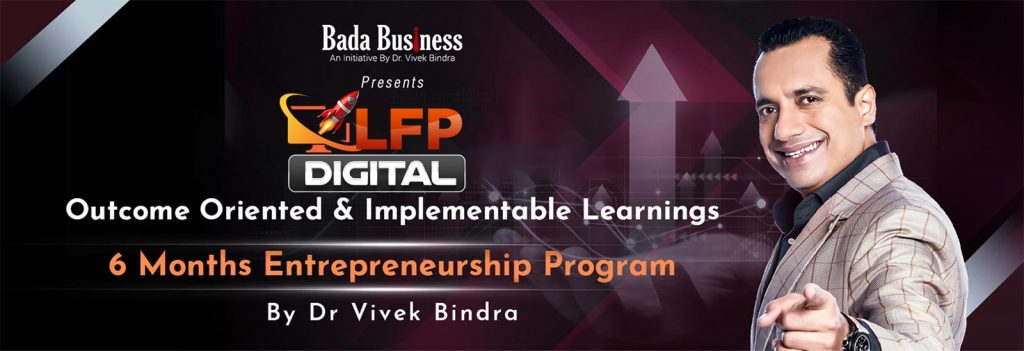India has emerged as the 3rd largest ecosystem of startups globally across 763 districts of the country by 2023. However, taking business to the heights of the mountains required a roadmap, formally known as a Business Plan.
As per the report of the New England Journal of Entrepreneurship, 2021, the act of creating & writing a business plan is correlated with measures of growth and success. Therefore, a Business plan embraces the power of strategic planning and leads to the prosperity of any venture.
In this article, we will look into the process of writing an effective business plan and why it is required for the growth of a business.
What is a Business Plan?
A business plan is a pivotal document in the business that provides immense value for new and existing companies of all sizes. It includes an outline of the business, its key objectives, and upcoming plans and goals. Covering concepts such as market analysis, financial projections, and organizational structure, this plan becomes a source of help for financial institutions and investors.
Similarly, by jotting down the information that can be used to communicate strategic actions to the internal team or attract interest from potential partners and investors, business plans come into play. However, creating a business plan can take time and effort, including lengthy and involved processes.
How to Write a Business Plan?
Drafting a Strong Executive Summary
The section of a business plan should start with an executive summary. It should include 1-2 pages in length that help the potential financiers or partners to get an overview of the business. The business overview should cover the company’s name, location, mission statement, and planned products & services. Although this is the initial part of the business plan, it can be formulated at the end while creating a business plan.
A Detailed Company Description
The detailed company description opens the doors for the readers who might also include potential investors or partners which will provide a clear understanding of the company. This also allows communication of the unique attributes of the business and its offering to meet the current market.
Create Financial Plans
The best way to seek investors and funding is to present financial plans and financial forecasting. It is knowing about the next five years’ plans and their usage of it. It should include forest income statements, balance sheets, cash flow statements, and capital expenditures.
List the Products & Services
The products and services should be well-defined for the investors. The purpose of this section is to design a compelling case for the offering and its needs to meet the target market. The list of products and services should include the following:
- Competitive advantage and customer benefit.
- Price Strategy
- Development stage of the product and offering
- Life-cycle of product
- Intellectual property such as patents, trademarks, or copyrights.
Marketing and Sales Strategy
Marketing and sales are an integral part of any business. It helps in the growth and success of the business shortly. Once deciding the customer persona, working on reaching them is the second step. The customer hangout on social media apps such as Facebook, Instagram, Pinterest, Twitter, or LinkedIn helps in understanding the customer and in formulating the sales strategy. This strategy includes:
- Target market needs and motivation of customers.
- Position of Brand
- Distribution channels
- Outsourcing needs for the products
- Secured market partnership
- Customer relationship management
SWOT Analysis
SWOT (Strengths, weaknesses, opportunities, and threats) analysis works on the overall analysis of the customer. Jotting down all the parameters gives investors and partners confidence that it won’t bury their heads in the sand. This should include:
- Reputation
- Technology
- Location
- Experiences of customers
- Staff and suppliers
Understanding Competitors Analysis
Understanding the competitor’s upcoming projects and analysing them ensures staying in the market for the long run. It includes:
- Cost leadership by offering lower prices than the competitors.
- Differentiation in services and products from the current cost leaders.
- Segmentation helps focus on a specific or niche, target market and aims to build traction with a smaller audience before moving on to a broader market.
Making Customer Retention Strategy
The business’s success relies heavily on the relationship with the customers. While making a customer retention strategy, consider the following pointers:
- Business capacity to increase the number of repeat customers.
- Working on referral or loyalty programs.
- Understanding the follow-up of post-purchase in place
- Conducting surveys to track customer satisfaction
- Ways to find and deliver outstanding customer service.
- Jot down the way to continue adding and educating value to the customers.
Making an Exit Strategy
Exit strategy helps the financial stakeholders to take a return on investment. For example, adding pointers in the business plan when to sell the company at some point or going public. Similarly, outlining the succession plan ensures the business operates well in the future. Documenting all the details ensures that everyone is on the same page and that potential investors have this information upfront.
For better results and growth of the business, jotting down the information, planning, and executing the business plan is crucial. This ensures that all information and resources are at your fingertips and doesn’t create any pressure for last-minute hassle. A well-thought-out business plan can avoid generic information and ensure better growth.











